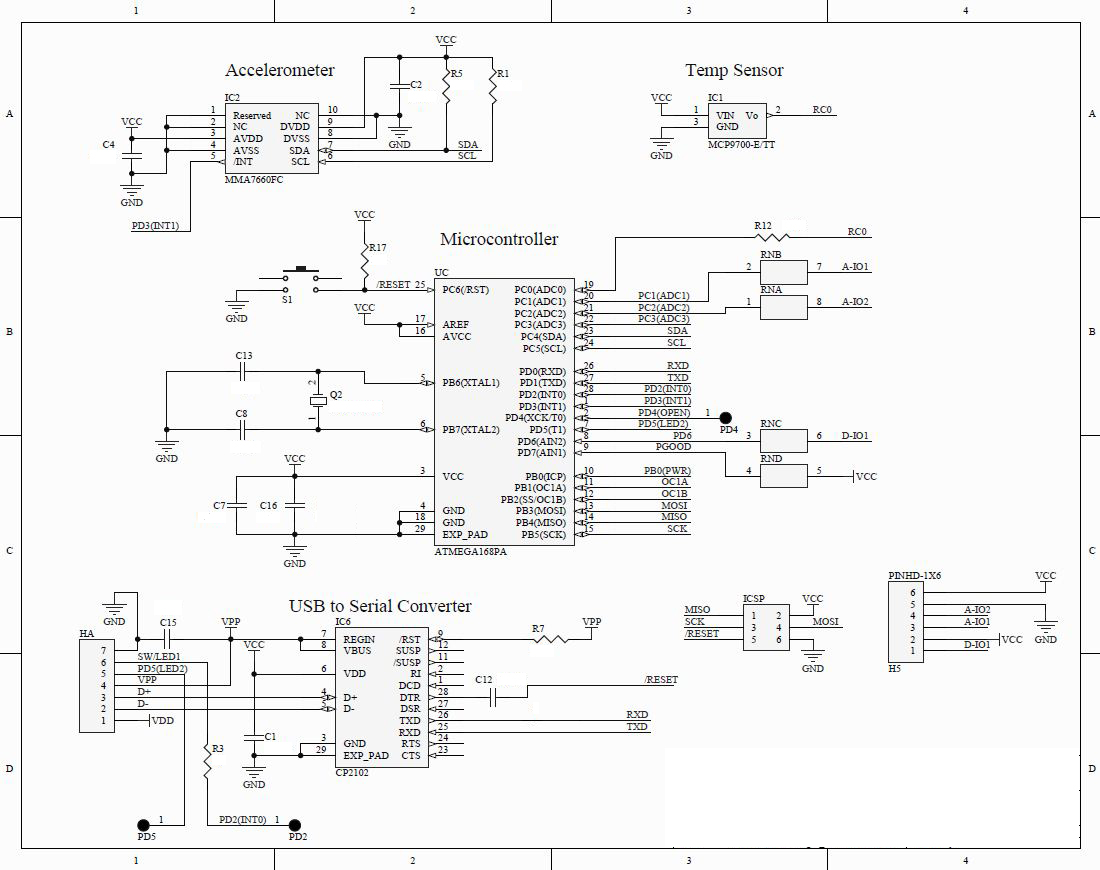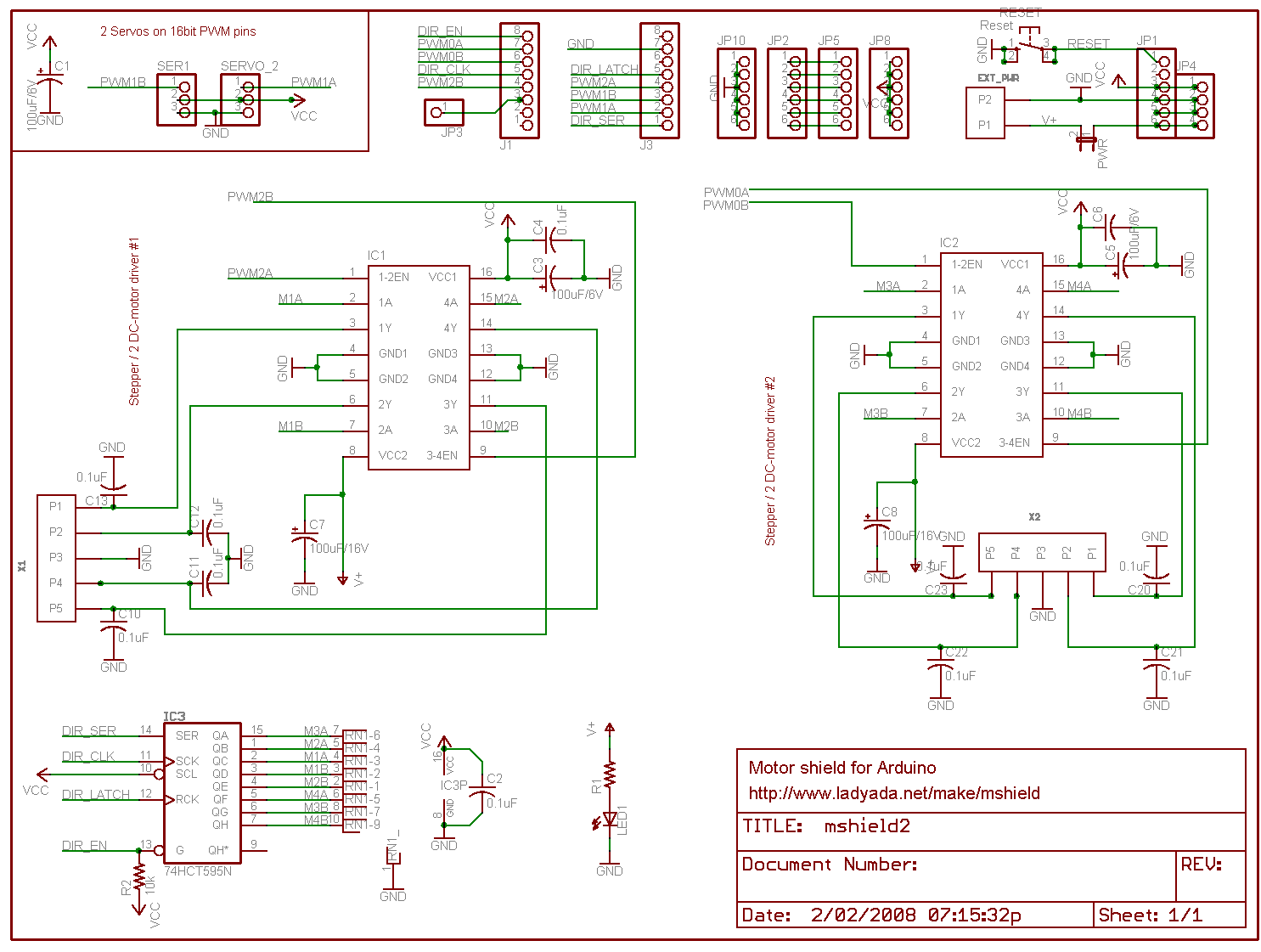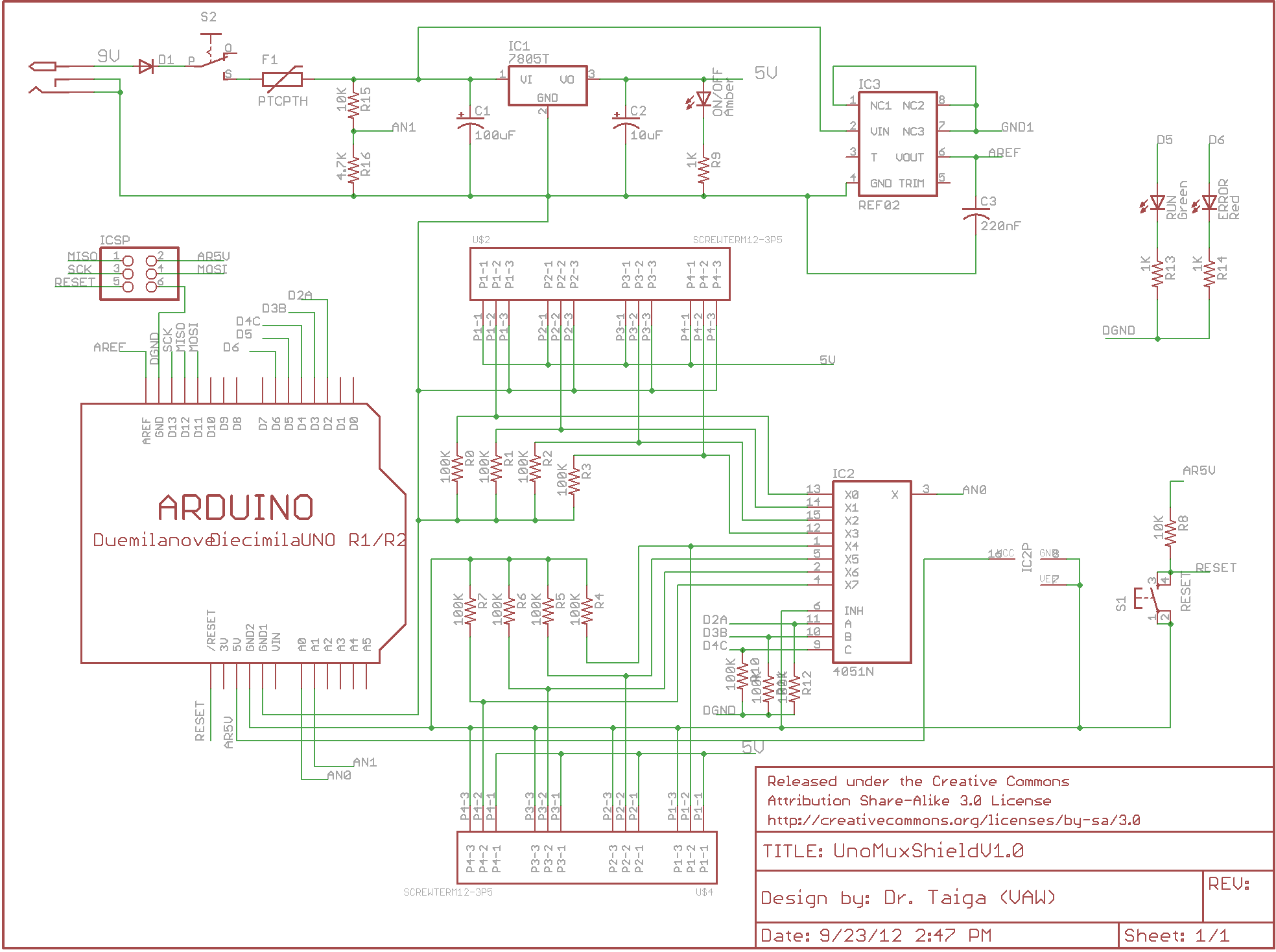
Worlds first Arduino flashlight ships soon

Following a highly successful Kickstarter project and over a year of development, HexBright, described by its creator as the world's first open-source Arduino flashlight, is now in production with initial shipments planned for December. HexBright, which was discussed in detail last year, is the brainchild of three-time Battlebots champion Christian Carlberg. Launched as a Kickstarter project in May 2011, it aimed to raise $31,000. The concept of an open-source, Arduino-compatible programmable flashlight excited many, leading to a funding goal that was exceeded by 700%, generating over $250,000 in pledges within 45 days. Carlberg began designing a well-engineered, powerful, and flexible light, and unlike typical corporate R&D developers, he regularly shared his work and progress with the project's backers through online video updates. This interaction fostered contributions from the Kickstarter community, leading to ideas and expertise that enriched the design process. Initially, the project team consisted of Carlberg and Terry Cooke, but through online crowd-sourcing, the HexBright team expanded to include experts in various fields, such as optics, graphic design, diagnostics, embedded software, electrical engineering, and web design. The design of HexBright's housing features a micro-USB female plug sealed inside the body behind an o-ring for protection against the elements. The rugged CNC aluminum housing serves as an efficient heat sink, and all critical components are housed within an aluminum carrier, allowing for easy replacement of the outer shell. The HexBright operates as a battery-powered LED controlled by a microcontroller, which adjusts the LED's light intensity using pulse-width modulation (PWM). Although a battery voltage sensor was not included to prevent power wastage, the microcontroller can detect when the battery is charging or fully charged. The driver circuit ensures constant current regulation regardless of input voltage, and an onboard temperature sensor prevents overheating while optimizing LED efficiency. Users can modify the embedded firmware to change light intensity, switch between modes, and more.
The HexBright flashlight represents a significant advancement in portable lighting technology, combining user engagement in its development process with sophisticated engineering. The incorporation of an open-source platform allows users not only to customize their flashlight's functionality but also to contribute to its evolution. The use of an Arduino-compatible microcontroller facilitates a wide range of programmable features, making it possible to adjust brightness levels, select different operating modes, and even implement complex lighting patterns.
The microcontroller's ability to manage the LED's light output through PWM ensures that the flashlight can deliver varying intensities while maintaining energy efficiency. This is particularly important given the portable nature of the device, where battery life is a critical consideration. The decision to forego a battery voltage sensor was a strategic choice to minimize power consumption, demonstrating a thoughtful approach to design that prioritizes user experience and battery longevity.
The rugged design of the HexBright flashlight is not only aesthetically pleasing but also functional. The CNC-machined aluminum housing provides durability and serves as a heat sink, dissipating heat generated by the LED during operation. The clever sealing of the micro-USB port ensures that the flashlight can withstand exposure to moisture and dust, making it suitable for outdoor use in various conditions.
Moreover, the collaborative nature of the project, which harnessed the collective expertise of its backers and contributors, exemplifies the potential of crowd-development in modern engineering. This approach not only enriches the design process but also fosters a community of users who are invested in the product's success. As a result, the HexBright flashlight stands as a testament to the power of open-source innovation, merging advanced technology with user-driven design to create a versatile and reliable lighting solution.Following a highly successful Kickstarter project and over a year of development, HexBright, billed by its creator as the world`s first open source Arduino flashlight, is now in production with initial shipments planned for December. HexBright, which we discussed here in detail last year, is the brainchild of three-time Battlebots champion Chri
stian Carlberg. It was launched as a Kickstarter project in May of 2011, with the objective of raising $31, 000. People loved the idea of an open source, Arduino-compatible programmable flashlight, says Carlberg. In fact, the project`s openness ” on both the hardware and software sides ” generated so much excitement that it overran its funding goal by 700%, generating over $250, 000 in pledges within 45 days.
I sat down and started designing a well engineered, powerful, and flexible light, recalls Carlberg. But unlike a typical corporate R&D developer, he regularly shared his work and progress with the flashlight`s Kickstarter project`s avid followers through online video updates.
The project`s backers ” people who wanted this new flashlight ” regularly commented on the updates, so I responded periodically with new video updates, says Carlberg. Through this interaction, something unexpected happened: the Kickstarter crowd started contributing to the design.
At first it was just ideas and suggestions, but then some people began contacting me directly offering their expertise. With this project, we`ve seen more than just monetary crowd-funding, observes Carlberg. We`re seeing crowd-development, too ” there`s a lot of valuable knowledge out there in human resources.
A good idea can attract and harness that expertise. Initially, the project team was just myself and Terry Cooke, but thanks to the power of online crowd-sourcing we built a larger HexBright team, adds Carlberg. Gradually, the development team grew to include Boris, a Russian optics expert who designed the lens; Michael, a South African who assisted with graphic design and the creation of marketing materials; Sarumonkee, an electrical engineer in Colorado who took care of diagnostics and testing on all the electronic components; Andrew a software engineer in Colorado who helped develop the embedded software; Cody, an electrical engineer in San Diego who worked on the component layout; and Tim, who designed the HexBright website.
USB plugs are notoriously difficult to seal against the elements, notes Carlberg. Accordingly, the design of HexBright`s housing is very clever ” it seals the micro-USB female plug inside the body behind an o-ring for protection. The rugged CNC aluminum housing also acts as an efficient heat sink. Additionally all the important guts are inside the aluminum carrier, ` making it very easy to replace the outside shell with a different grip and lens while the engine` stays the same.
Why would a flashlight need an embedded microcontroller in the first place, and what could you, as a user, do to influence its operation by revising its embedded firmware A1: The HexBright is basically a battery-powered LED controlled by a microcontroller, which varies the LED`s light intensity via PWM (pulse-width modulation). We decided not to include a battery voltage sensor, since any simple implementation would have allowed a small of power to be wasted when the light was off.
However, the microcontroller can tell when when the battery is being charged, or if charging is finished. Although the microcontroller has no way to measure the current though the LED, the driver circuit automatically regulates for constant current regardless of input voltage.
It also has an onboard temperature sensor, so it can keep the system from overheating and optimize the efficiency of the LED. A2: There`s a lot you can do besides just setting light levels and blink rates. You can change the light intensity and switch between modes, with the only limits being you 🔗 External reference
The HexBright flashlight represents a significant advancement in portable lighting technology, combining user engagement in its development process with sophisticated engineering. The incorporation of an open-source platform allows users not only to customize their flashlight's functionality but also to contribute to its evolution. The use of an Arduino-compatible microcontroller facilitates a wide range of programmable features, making it possible to adjust brightness levels, select different operating modes, and even implement complex lighting patterns.
The microcontroller's ability to manage the LED's light output through PWM ensures that the flashlight can deliver varying intensities while maintaining energy efficiency. This is particularly important given the portable nature of the device, where battery life is a critical consideration. The decision to forego a battery voltage sensor was a strategic choice to minimize power consumption, demonstrating a thoughtful approach to design that prioritizes user experience and battery longevity.
The rugged design of the HexBright flashlight is not only aesthetically pleasing but also functional. The CNC-machined aluminum housing provides durability and serves as a heat sink, dissipating heat generated by the LED during operation. The clever sealing of the micro-USB port ensures that the flashlight can withstand exposure to moisture and dust, making it suitable for outdoor use in various conditions.
Moreover, the collaborative nature of the project, which harnessed the collective expertise of its backers and contributors, exemplifies the potential of crowd-development in modern engineering. This approach not only enriches the design process but also fosters a community of users who are invested in the product's success. As a result, the HexBright flashlight stands as a testament to the power of open-source innovation, merging advanced technology with user-driven design to create a versatile and reliable lighting solution.Following a highly successful Kickstarter project and over a year of development, HexBright, billed by its creator as the world`s first open source Arduino flashlight, is now in production with initial shipments planned for December. HexBright, which we discussed here in detail last year, is the brainchild of three-time Battlebots champion Chri
stian Carlberg. It was launched as a Kickstarter project in May of 2011, with the objective of raising $31, 000. People loved the idea of an open source, Arduino-compatible programmable flashlight, says Carlberg. In fact, the project`s openness ” on both the hardware and software sides ” generated so much excitement that it overran its funding goal by 700%, generating over $250, 000 in pledges within 45 days.
I sat down and started designing a well engineered, powerful, and flexible light, recalls Carlberg. But unlike a typical corporate R&D developer, he regularly shared his work and progress with the flashlight`s Kickstarter project`s avid followers through online video updates.
The project`s backers ” people who wanted this new flashlight ” regularly commented on the updates, so I responded periodically with new video updates, says Carlberg. Through this interaction, something unexpected happened: the Kickstarter crowd started contributing to the design.
At first it was just ideas and suggestions, but then some people began contacting me directly offering their expertise. With this project, we`ve seen more than just monetary crowd-funding, observes Carlberg. We`re seeing crowd-development, too ” there`s a lot of valuable knowledge out there in human resources.
A good idea can attract and harness that expertise. Initially, the project team was just myself and Terry Cooke, but thanks to the power of online crowd-sourcing we built a larger HexBright team, adds Carlberg. Gradually, the development team grew to include Boris, a Russian optics expert who designed the lens; Michael, a South African who assisted with graphic design and the creation of marketing materials; Sarumonkee, an electrical engineer in Colorado who took care of diagnostics and testing on all the electronic components; Andrew a software engineer in Colorado who helped develop the embedded software; Cody, an electrical engineer in San Diego who worked on the component layout; and Tim, who designed the HexBright website.
USB plugs are notoriously difficult to seal against the elements, notes Carlberg. Accordingly, the design of HexBright`s housing is very clever ” it seals the micro-USB female plug inside the body behind an o-ring for protection. The rugged CNC aluminum housing also acts as an efficient heat sink. Additionally all the important guts are inside the aluminum carrier, ` making it very easy to replace the outside shell with a different grip and lens while the engine` stays the same.
Why would a flashlight need an embedded microcontroller in the first place, and what could you, as a user, do to influence its operation by revising its embedded firmware A1: The HexBright is basically a battery-powered LED controlled by a microcontroller, which varies the LED`s light intensity via PWM (pulse-width modulation). We decided not to include a battery voltage sensor, since any simple implementation would have allowed a small of power to be wasted when the light was off.
However, the microcontroller can tell when when the battery is being charged, or if charging is finished. Although the microcontroller has no way to measure the current though the LED, the driver circuit automatically regulates for constant current regardless of input voltage.
It also has an onboard temperature sensor, so it can keep the system from overheating and optimize the efficiency of the LED. A2: There`s a lot you can do besides just setting light levels and blink rates. You can change the light intensity and switch between modes, with the only limits being you 🔗 External reference





